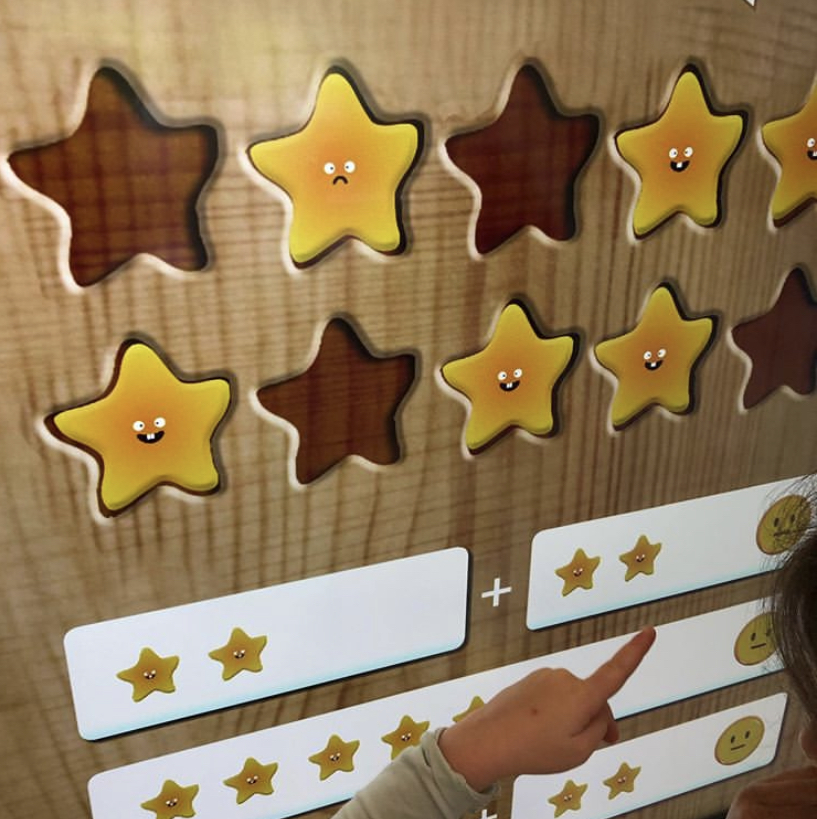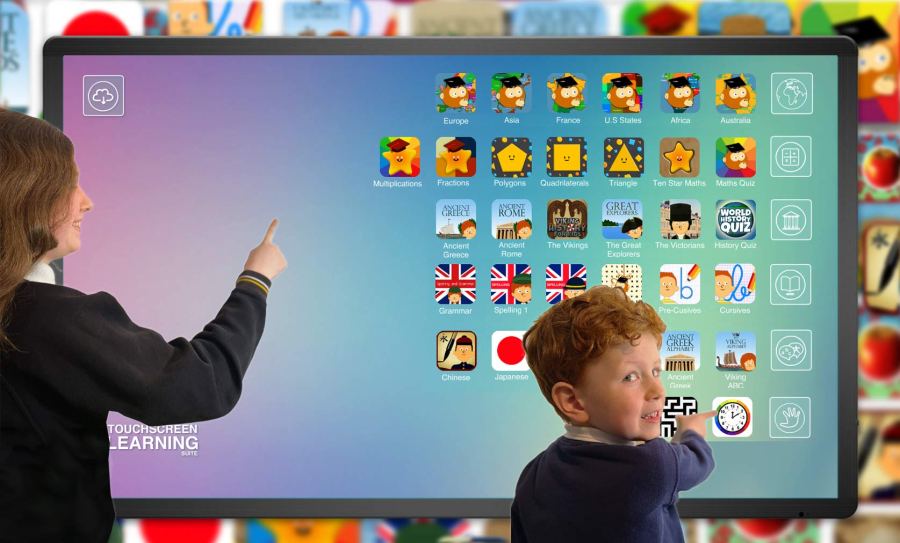Revolutionizing Education: The Impact of Interactive Displays on Modern Classrooms

In recent years, interactive displays have become a transformative force in the educational landscape. These tools, which encompass interactive whiteboards, touchscreen displays, and digital learning platforms, are redefining how teachers teach and how students learn. As schools increasingly adopt this technology, the future of education promises to be more engaging, inclusive, and effective.
The Rise of Interactive Displays
Interactive displays offer a dynamic alternative to traditional chalkboards and whiteboards. They enable teachers to present information in a visually engaging manner, incorporating videos, animations, and interactive elements that capture students’ attention and cater to various learning styles. For instance, a history lesson can come alive with interactive timelines and maps, while a science class can benefit from virtual labs and 3D models.
Moreover, these displays facilitate real-time collaboration. Students can contribute directly to the lesson by writing or drawing on the screen, fostering a more participatory learning environment. This collaborative aspect is particularly beneficial in subjects like mathematics and language arts, where students can work through problems and writing exercises together.
Enhancing Engagement and Learning Outcomes
Studies have shown that interactive displays can significantly enhance student engagement. When students are actively involved in their learning process, they are more likely to retain information and develop critical thinking skills. Interactive displays also support differentiated instruction, allowing teachers to tailor lessons to meet the diverse needs of their students. For example, advanced learners can tackle more challenging tasks, while those needing extra help can access additional resources.

Furthermore, these tools promote a more inclusive classroom. Students with disabilities can benefit from features such as text-to-speech, enlarged text, and customizable interfaces that make learning more accessible. This inclusivity ensures that all students, regardless of their abilities, can participate fully in the classroom activities.
The Future of Education with Interactive Displays
The next five years are poised to see even greater advancements in the use of interactive displays in education. Here are some key trends to watch:
- Integration with Artificial Intelligence (AI): AI will play a crucial role in personalizing education. Interactive displays equipped with AI can adapt lessons in real-time based on student performance, providing instant feedback and additional resources tailored to individual needs. This personalized approach can help bridge learning gaps and accelerate progress.
- Augmented Reality (AR) and Virtual Reality (VR): AR and VR technologies will become more prevalent, offering immersive learning experiences. Students will be able to take virtual field trips, conduct virtual dissections, and explore complex concepts in a 3D environment. These experiences can make abstract concepts tangible and foster deeper understanding.
- Enhanced Data Analytics: Interactive displays will increasingly incorporate data analytics to track student performance and engagement. Teachers can use this data to identify trends, monitor progress, and adjust instruction accordingly. This data-driven approach can lead to more effective teaching strategies and improved learning outcomes.
- Remote and Hybrid Learning: The COVID-19 pandemic has accelerated the adoption of remote and hybrid learning models. Interactive displays will continue to support these models by providing seamless integration between in-person and online learning. Students can collaborate with peers, participate in virtual classrooms, and access a wealth of digital resources, regardless of their physical location.
- Gamification and Interactive Learning Apps: Gamification and interactive apps will become more sophisticated, offering engaging ways to reinforce learning. These tools can turn learning into a game, with quizzes, challenges, and rewards that motivate students to achieve their learning goals.
Challenges and Considerations
While the benefits of interactive displays are substantial, schools must address several challenges to maximize their potential. Ensuring equitable access to technology is crucial, as disparities in access can exacerbate existing educational inequalities. Additionally, ongoing professional development for teachers is essential to help them effectively integrate these tools into their teaching practices.
Conclusion
Interactive displays are undoubtedly changing the face of education. By fostering engagement, personalization, and collaboration, these tools are helping to create a more dynamic and inclusive learning environment. As technology continues to evolve, the possibilities for interactive displays in education are virtually limitless. Over the next five years, we can expect to see these tools become even more integral to the educational experience, preparing students for a future where digital literacy is paramount.

Introducing Touchscreen Learning Suite! Dive into a world of interactive education with our specially crafted software package. With more than 50 engaging games, meticulously aligned with curricula, students can embark on exciting journeys through Math, Geography, History, Literacy, Social Studies, Languages, and the Arts! Get ready to revolutionize learning experiences!”
Discover the transformative power of Touchscreen Learning resources in aiding the recovery journey of stroke patients. By immersing them in enjoyable and therapeutic activities tailored for physical and cognitive rehabilitation, these innovative tools open new pathways to improved health outcomes.
By incorporating technology into rehabilitation programs, healthcare professionals can personalize treatment plans and track progress more effectively. This not only accelerates recovery but also empowers patients to take an active role in their healing journey.
From virtual reality simulations to interactive games targeting memory and coordination, Touchscreen Learning resources offer a holistic approach to stroke rehabilitation.

